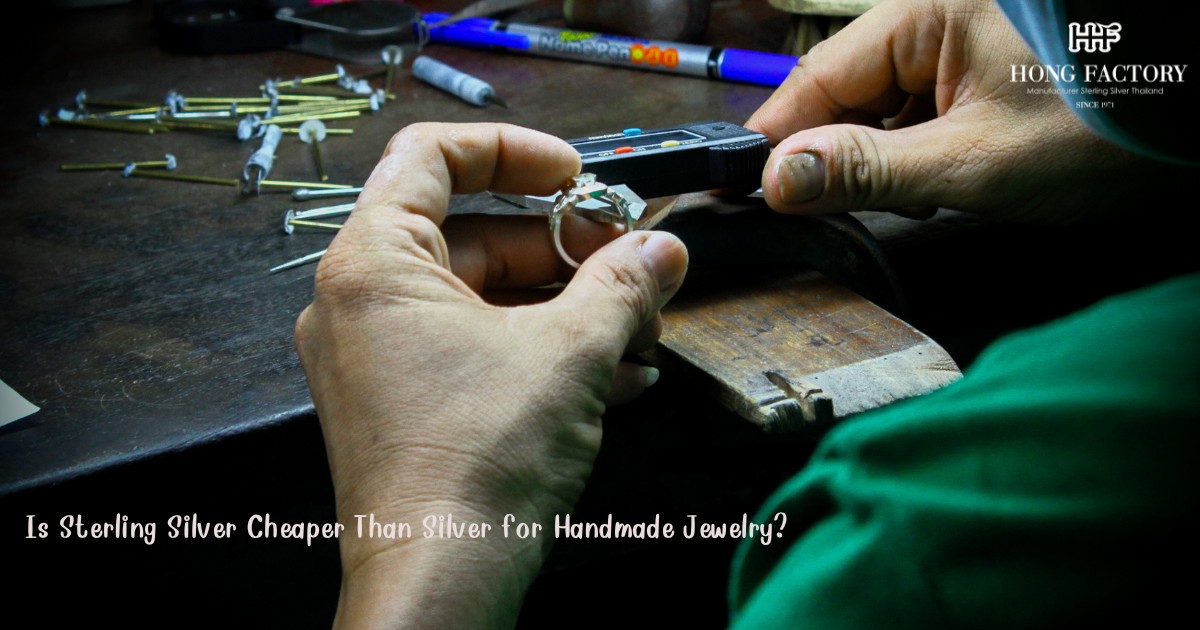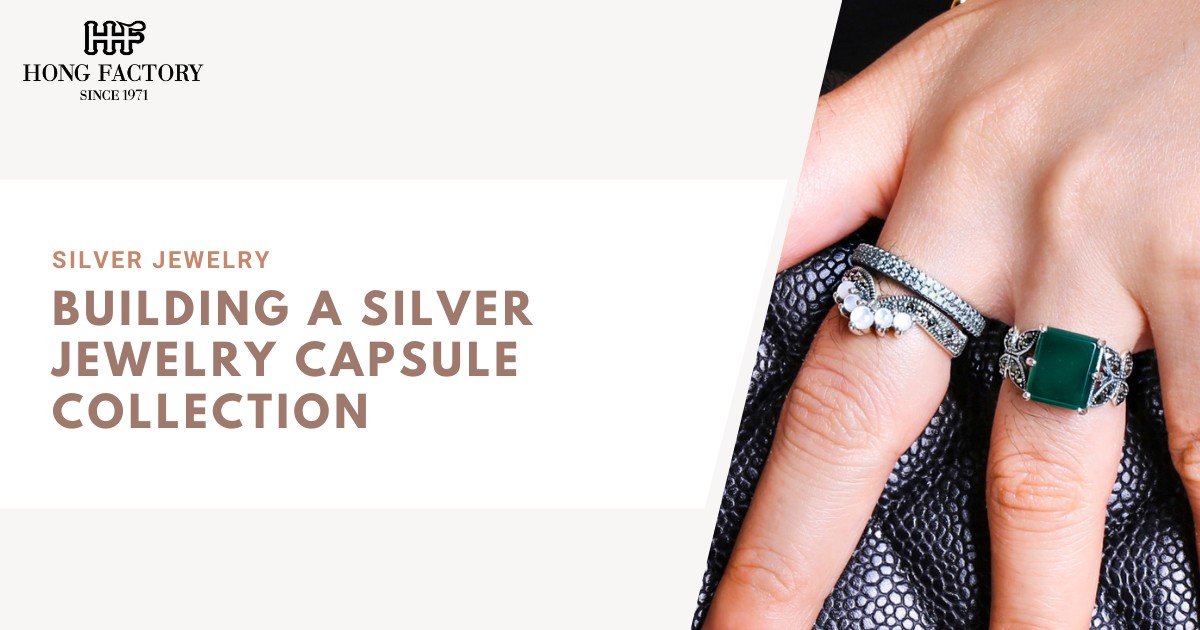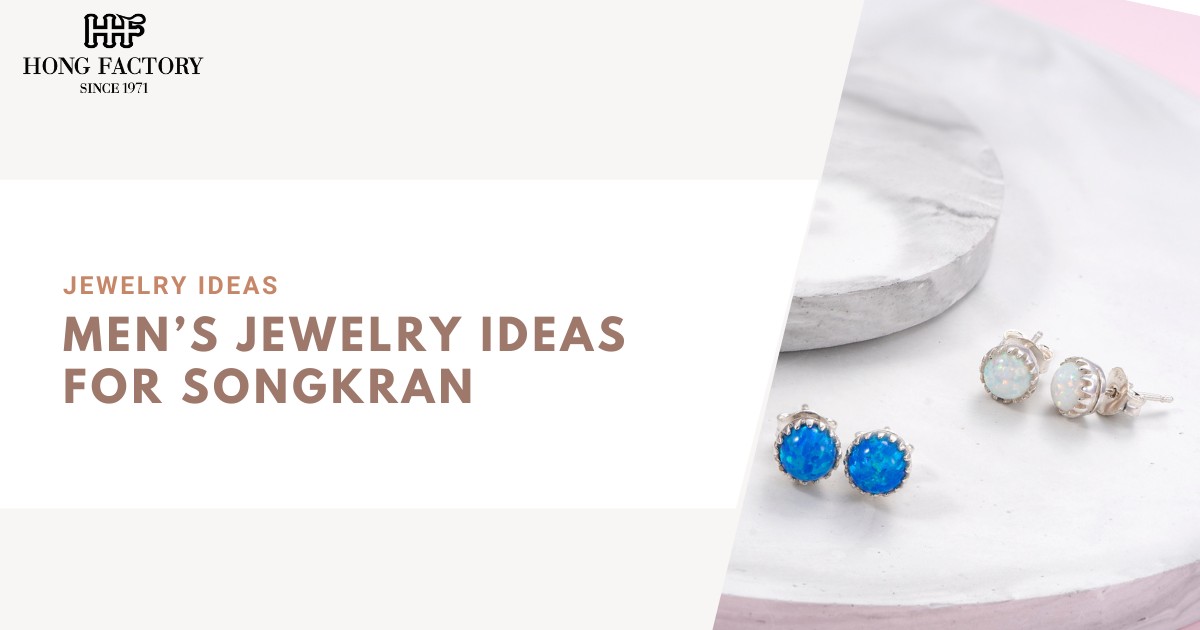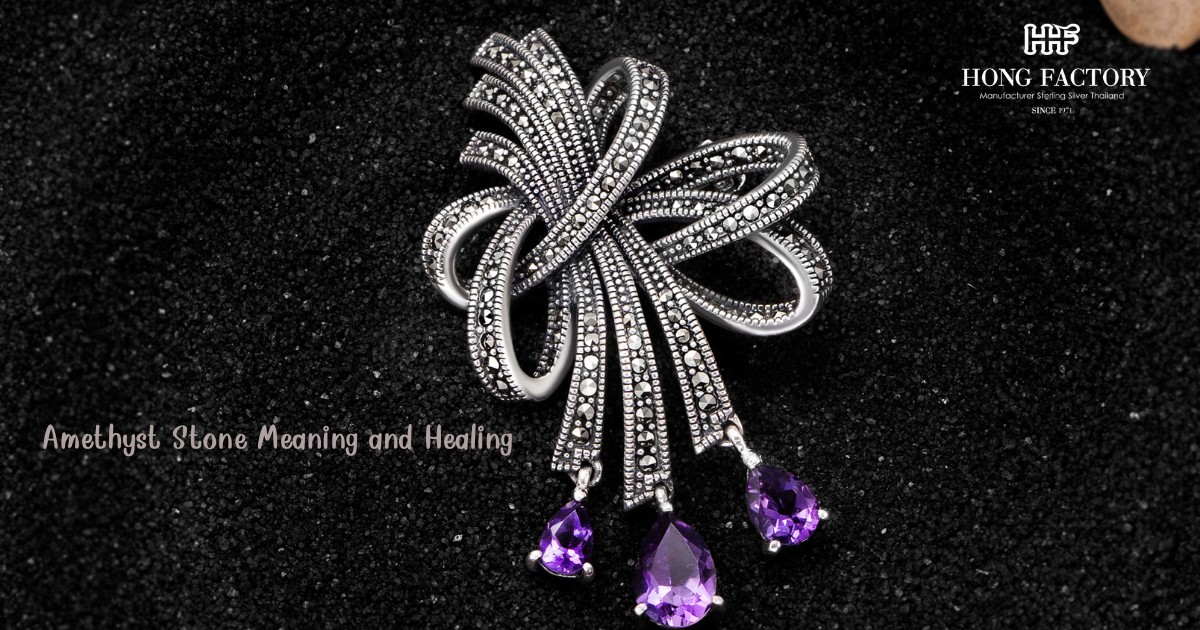Handmade jewelry celebrates individuality, craftsmanship, and artistry values that stand apart from mass-produced designs. Among artisans and independent jewelry makers, silver remains one of the most popular materials due to its versatility and timeless charm.
Yet, one question often arises: is sterling silver cheaper than pure silver when used for handmade creations? The answer involves more than just price it touches on workability, durability, and artistic flexibility. marcasite
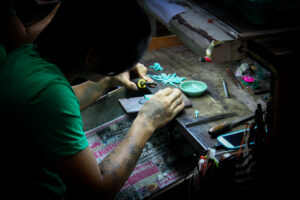
Understanding Sterling Silver and Fine Silver in Handmade Jewelry
To understand the cost difference, it’s important to know what separates fine silver from sterling silver. Fine silver (99.9% pure) is the purest form of the metal, valued for its bright white sheen and soft texture. It is often used for intricate or delicate handmade pieces that require smooth finishes.
Sterling silver (92.5% silver + 7.5% copper or other alloys) is slightly less pure but far more durable. The small addition of copper enhances the metal’s strength, making it easier to shape, polish, and solder essential qualities for jewelry that must withstand regular wear.
Most handmade jewelry makers prefer sterling silver because it provides the perfect balance between beauty and practicality. Fine silver, while more precious, can be challenging to handle and less suitable for everyday wear.
Is Sterling Silver Cheaper for Handmade Jewelry?
So, Is Sterling Silver Cheaper than fine silver in handmade jewelry? The answer is yes, both in terms of material and production cost. Sterling silver is less expensive per gram because it contains less pure silver. In addition, its enhanced durability allows artisans to craft intricate pieces without worrying about bending, warping, or cracking during the creative process.
Fine silver, though more valuable in raw form, requires delicate handling and specialized tools. This increases labor costs and production time. For handmade jewelry intended for everyday wear or commercial sale, sterling silver remains the more affordable and practical choice.
Why Artisans Prefer Sterling Silver
- Ease of Workmanship: Sterling silver’s strength and malleability make it easier to cut, shape, and solder. Jewelers can create complex designs with fewer technical challenges.
- Affordability: Its lower cost per gram helps artisans price their work competitively while maintaining high quality.
- Durability: Handmade jewelry needs to endure handling, polishing, and daily wear. Sterling silver offers the necessary toughness without compromising its shine.
- Versatility in Design: It allows for a variety of finishes from high polish to matte or oxidized effects and works beautifully with gemstones and other materials.
For these reasons, sterling silver has become the go-to material for most handmade jewelry brands and individual artisans around the world.
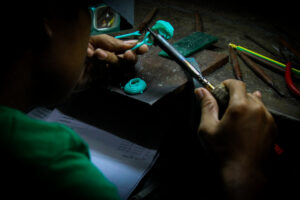
The Role of Fine Silver in Handmade Jewelry
Fine silver still has an important place in the artisan world, particularly for collectors or those seeking high-purity pieces. Its smoothness makes it ideal for certain techniques like fusing, where metal pieces are joined without soldering. It’s also used for wirework, beading, or sculptural jewelry that emphasizes artistry over durability.
However, because of its softness, fine silver is less suitable for rings, bracelets, or other items that may experience frequent friction. It is better suited for earrings, pendants, or display pieces meant for occasional wear.
Comparing Material Costs and Market Value
The cost of fine silver typically runs about 10–15% higher per gram than sterling silver. For handmade jewelry makers, this price difference can significantly impact production costs, especially when creating larger pieces.
Moreover, customers rarely distinguish between fine and sterling silver visually both have a bright, reflective finish. As a result, most artisans choose sterling silver to maintain affordability without sacrificing aesthetic appeal.
From a market perspective, handmade sterling silver jewelry often sells better because it offers great value. Buyers appreciate the combination of craftsmanship, longevity, and price accessibility that sterling silver provides.
The Creative Advantages of Sterling Silver
Modern jewelry artists appreciate sterling silver not only for its cost-effectiveness but also for its creative potential. Its strength allows for:
- Gemstone Settings: Strong prongs and bezels hold stones securely.
- Texture Work: Hammered, engraved, or oxidized finishes achieve stunning artistic effects.
- Mixed-Media Designs: It combines beautifully with gold plating, resin, enamel, or wood for contemporary handmade styles.
These qualities make sterling silver an artist’s dream versatile, expressive, and enduring.
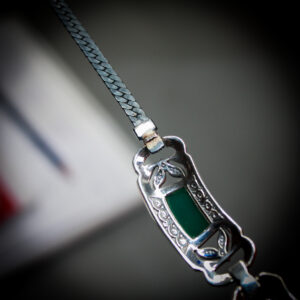
Maintenance and Longevity
While sterling silver is more prone to tarnish than fine silver, this can be easily managed with regular cleaning or protective coatings like rhodium. In fact, many artisans embrace the natural patina that develops over time, as it adds depth and character to handmade designs.
Fine silver, by contrast, tarnishes less but dents or bends more easily. For handmade jewelry that customers will wear frequently, sterling silver provides a better balance of durability and ease of maintenance.
The Popularity of Sterling Silver in Artisan Markets
In today’s handmade jewelry market from Etsy shops to craft fairs sterling silver dominates. It allows artisans to create premium-looking pieces at affordable prices. Many handmade jewelry lovers prefer sterling silver because it feels substantial, holds its polish, and lasts for years.
Additionally, eco-conscious makers often use recycled sterling silver, reducing environmental impact while maintaining the same beauty and quality. This sustainability factor adds further appeal to modern handmade silver jewelry.
The Perfect Balance of Value and Craftsmanship
So, Is Sterling Silver Cheaper Than Silver for Handmade Jewelry? Absolutely. Sterling silver combines affordability, strength, and design flexibility qualities that make it ideal for artisans and buyers alike. While fine silver may boast higher purity, sterling silver offers superior practicality and resilience.
For handmade jewelry makers, sterling silver represents the perfect medium: easy to work with, long-lasting, and stunningly beautiful. It’s no surprise that this metal continues to shine as the foundation of handcrafted jewelry where creativity meets affordability, and art meets endurance.
